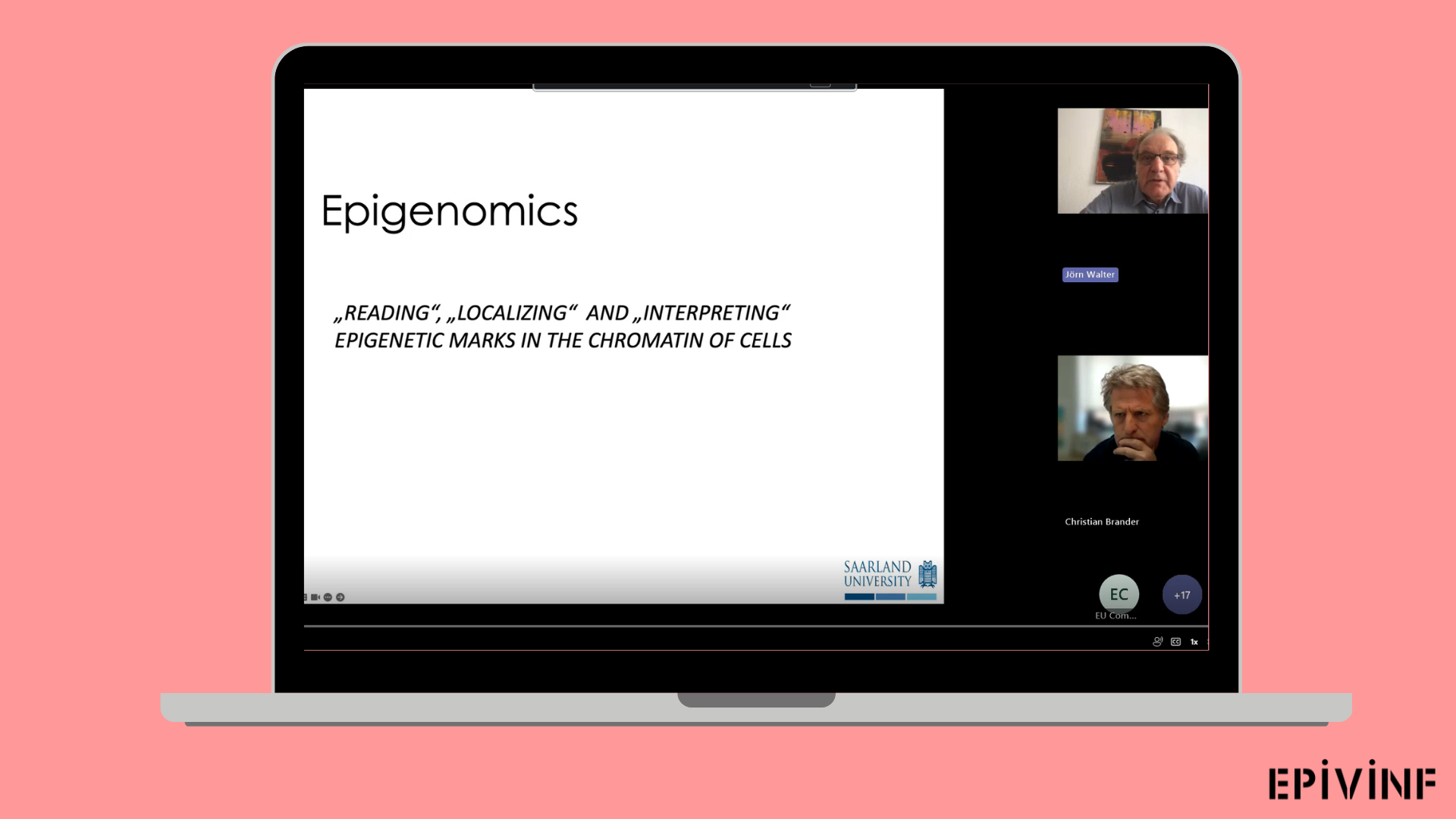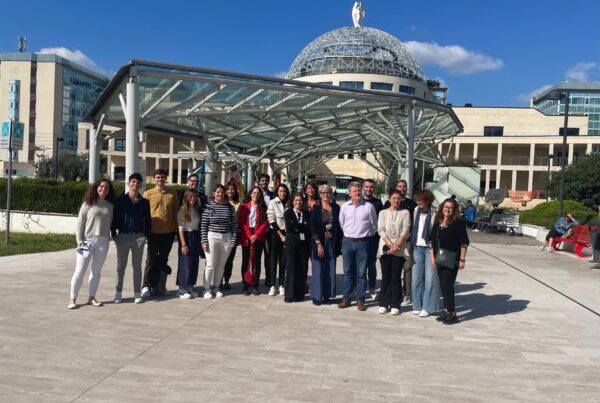
Last week, EPIVINF held another seminar in its ongoing series on Epigenetics in Viral Infectious Diseases, featuring guest speaker Professor Jörn Walter. His talk, titled “IHEC and the EpiAtlas,” began with an overview of epigenomics, the study of how chemical changes to DNA and histone proteins can regulate gene activity without changing the underlying genetic code. These epigenetic changes are dynamic, vary by cell type, and are influenced by both development and disease.
Professor Walter introduced the work of the International Human Epigenome Consortium (IHEC) and the EpiAtlas project, which aims to map the human epigenome using primary cells from a wide range of tissues. The EpiAtlas provides processed data from hundreds of different cell types, along with powerful visualization tools and detailed metadata to support research.
He also highlighted key technologies used in epigenomic research, such as ChIP-seq, RNA-seq, DNA methylation arrays, and ATAC-seq. These tools help researchers explore how genes are regulated at the epigenetic level.
Moreover, several case studies were presented. For example, he discussed how T cell memory forms through changes in DNA methylation and chromatin accessibility during differentiation. He also covered B cell differentiation, showing how epigenomic and 3D genome data reveal the activation of enhancers and reorganization of chromatin during the formation of memory B cells. In addition, he talked on how epigenomic insights are being applied to diseases like multiple sclerosis.
Looking ahead, Professor Walter emphasized future goals such as improving access to data, enhancing integrative analysis tools, and further exploring how viruses interact with the host epigenome.






